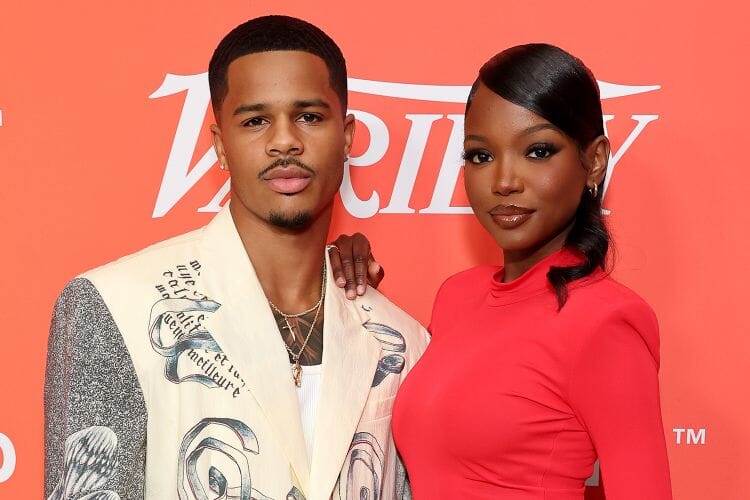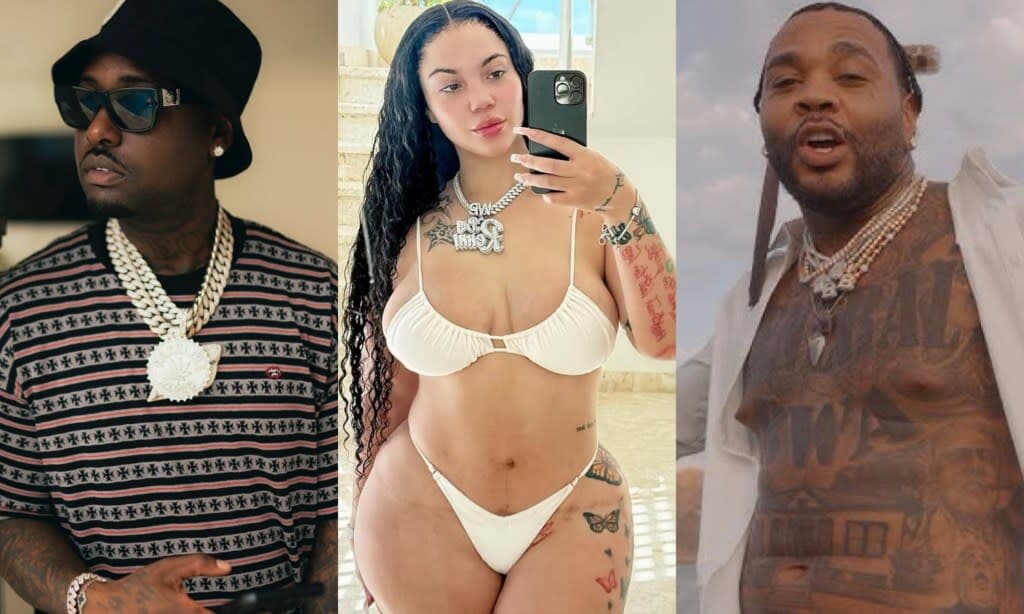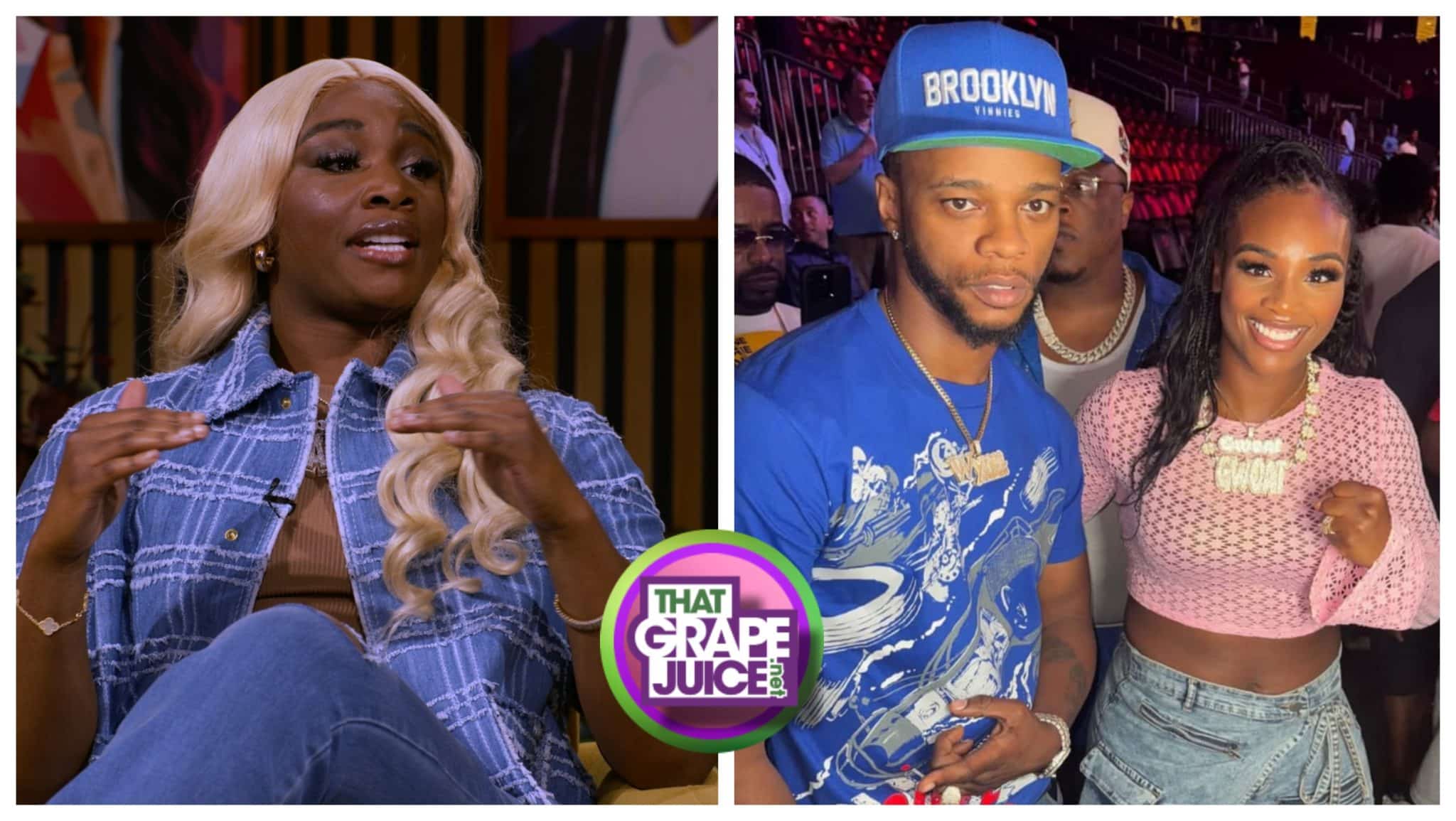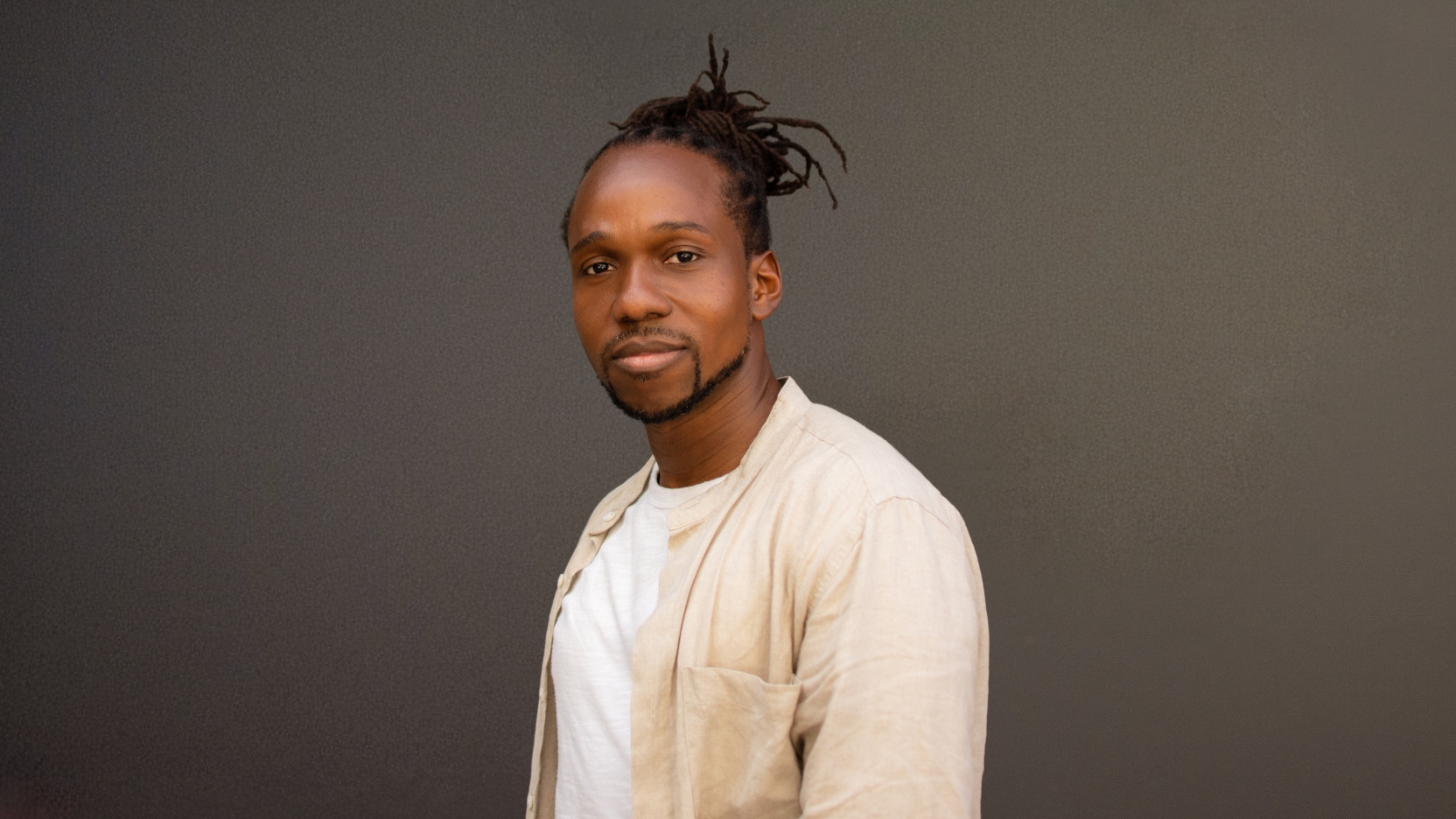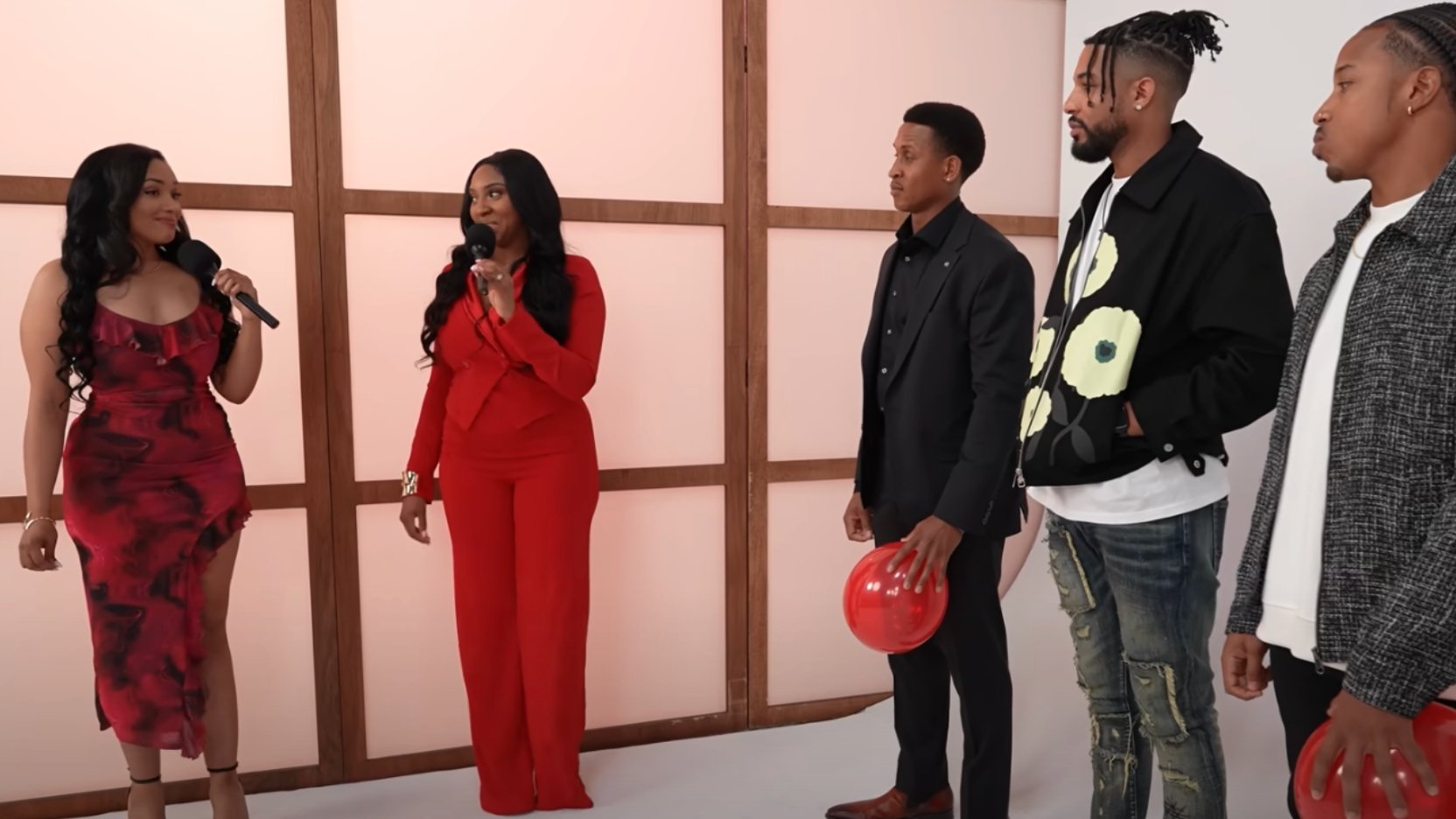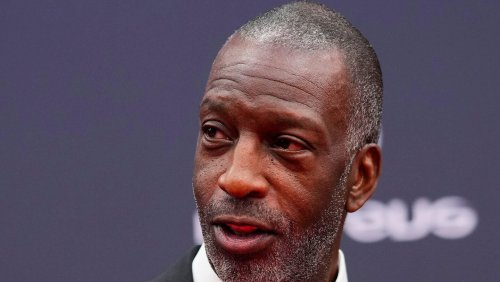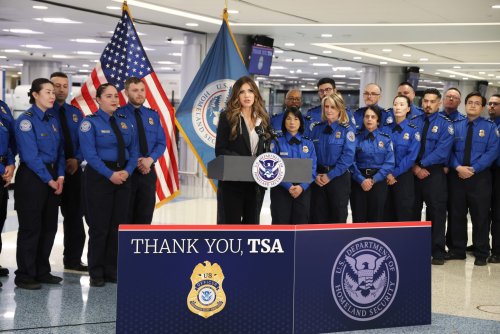Not Just Fuzz — It’s a Whole Movement: Inside the Bear Community
In LGBTQIA+ culture, the word “bear” has nothing to do with the wilderness. A bear is typically a gay man who’s big, hairy, and proud of it. However, it’s deeper than just body type or facial fuzz. A handful of personalities have put bears in the spotlight. Actor Daniel Franzese — Damian from “Mean Girls” [...] Read More... from Not Just Fuzz — It’s a Whole Movement: Inside the Bear Community The post Not Just Fuzz — It’s a Whole Movement: Inside the Bear Community appeared first on LBS.
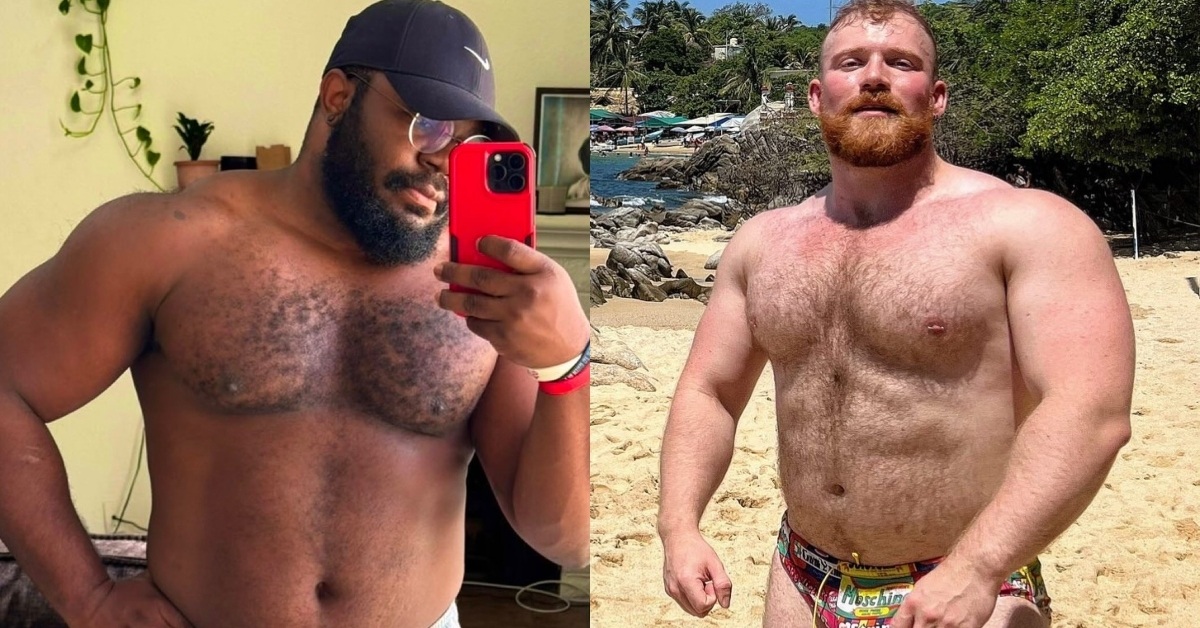

In LGBTQIA+ culture, the word “bear” has nothing to do with the wilderness. A bear is typically a gay man who’s big, hairy, and proud of it. However, it’s deeper than just body type or facial fuzz. A handful of personalities have put bears in the spotlight. Actor Daniel Franzese — Damian from “Mean Girls” — remains a chubby, hairy champion who represented bear pride in HBO’s “Looking.” Many gays on the West Coast may be familiar with Big Dipper, the L.A. rapper-podcaster whose deep voice and beard made him a bear community darling. Even “The Simpsons” gave us Grizzly Shawn, a bear whose cameo on Season 22 shocked viewers.
If you’re new to the term or just curious about the fuzzy community, we got you. Here’s what it means to be a “bear” in LGBTQIA+ culture—and a breakdown of a few other related terms you’ll want to know.
What is a “bear?”
The first written use of “bear” in gay slang appeared in 1966 meeting minutes from a Los Angeles dance hall, noting the formation of a “bear club.” The term first appeared in print on July 26, 1979, in George Mazzei’s The Advocate article “Who’s Who in the Zoo?” to describe “hunky, chunky types reminiscent of railroad engineers and former football greats.”
In 1987, Richard Bulger and photographer Chris Nelson launched Bear Magazine, which helped solidify bear identity in print and inspired similar magazines. The move also prompted meet-ups and Bear Runs across the U.S. During the AIDS crisis of the 1980s, the community grew even stronger. Heavier, hairier men — often excluded from mainstream gay spaces — built their own support networks, according to Cubbie & Co.
In 1995, Craig Byrnes — a self-identified bear — designed the International Bear Brotherhood Flag, Pride Corner reports. He used seven horizontal stripes in brown, tan, gold, white, and black to represent the range of fur and skin tones within the community. He added a paw print in the corner to symbolize solidarity. In 2015, the International Bear Pride tartan joined the flag as another emblem of unity.
The bear community is large and includes several subgroups.
Bear culture didn’t invent gay slang, but it definitely expanded it. Alongside the term “bear,” the community uses a whole glossary of playful, affirming labels. According to Grindr, a “cub” refers to a younger or younger-looking bear-in-training, while an “otter” describes a slim or small-framed man who’s still hairy, often floating around bear circles. A “chub” celebrates a heavier-set man, sometimes distinct from bears, but with similar vibes.
Then there’s the “wolf,” a lean, muscular, and hairy guy prowling with confident energy. Other creative terms like “panda” (often used for Asian bears), “polar bear” (an older white-haired bear), “big boy,” “trans bear,” and even “Ursula” (a cheeky nod to lesbian bears) highlight the community’s commitment to honoring every shade, size, and identity.
Moreover, language shapes culture, and using “bear” with care shows respect for its roots and the people who claim it. The term works best as a self-identifier, so let folks choose it for themselves. For that reason, outsiders should avoid labeling based on appearance alone.
Do you think subcultures like the bear community help make queer spaces more inclusive? Comment below!
The post Not Just Fuzz — It’s a Whole Movement: Inside the Bear Community appeared first on LBS.
Share
What's Your Reaction?
 Like
0
Like
0
 Dislike
0
Dislike
0
 Love
0
Love
0
 Funny
0
Funny
0
 Angry
0
Angry
0
 Sad
0
Sad
0
 Wow
0
Wow
0
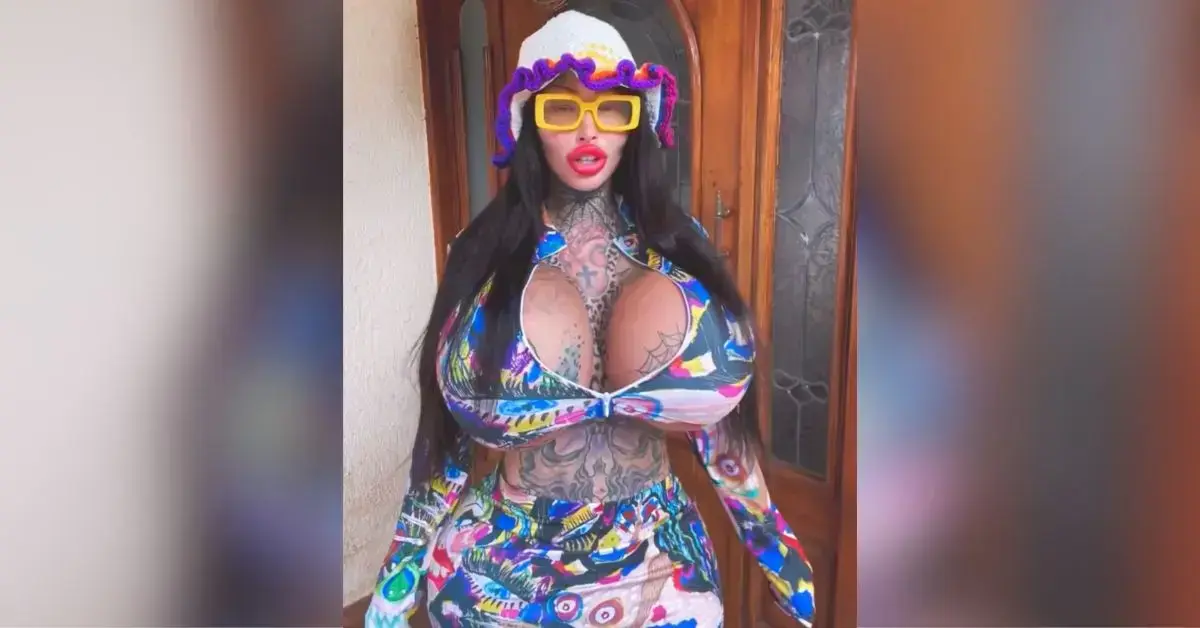
![Ashley Darby Confesses to Kissing Charrisse’s Son Jackson: “We May Have Had a Little Smooch” [Video]](https://www.lovebscott.com/wp-content/uploads/2025/12/RHOP_1012_FL0.jpg)
